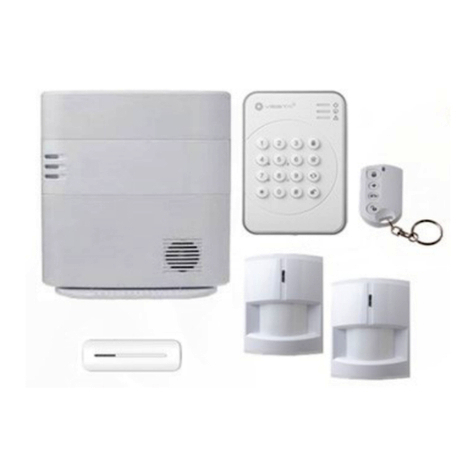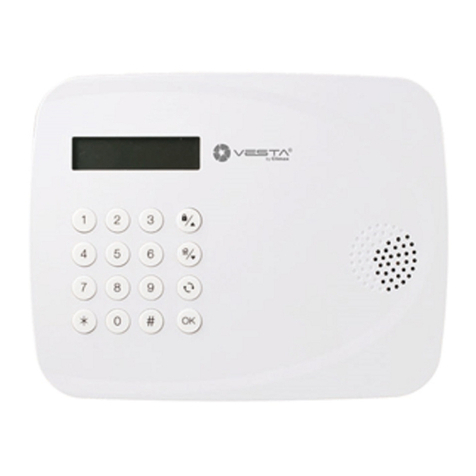Table of Contents
1. INTRODUCTION_____________________________________________________________________ 1
2. APPLICATION OVERVIEW ____________________________________________________________ 2
2.1. IDENTIFYING THE PARTS:_____________________________________________________________ 2
2.2.THE POWER SUPPLY: _______________________________________________________________ 5
2.3. SYSTEM REQUIREMENTS: ____________________________________________________________ 6
3. GETTING STARTED__________________________________________________________________ 7
3.1. SYSTEM DEPLOYMENT ______________________________________________________________ 7
3.2. HARDWARE INSTALLATION FOR MZ-1/8 __________________________________________________ 8
3.3. SOFTWARE INSTALLATION FOR MZ-1/8__________________________________________________ 10
4. CONNECTING TO WEBPAGE_________________________________________________________ 13
5. SYSTEM SETTINGS_________________________________________________________________ 15
5.1. USER__________________________________________________________________________ 15
5.2. REPORT________________________________________________________________________ 17
5.3. PANEL _________________________________________________________________________ 20
5.4.AREA__________________________________________________________________________ 23
5.5. NETWORK ______________________________________________________________________ 26
5.6. GSM__________________________________________________________________________ 28
5.7. UPLOAD________________________________________________________________________ 30
6. DEVICE MANAGEMENT _____________________________________________________________ 31
6.1. LEARNING ______________________________________________________________________ 31
6.2.ADD DEVICE_____________________________________________________________________ 34
6.3. WALK TEST _____________________________________________________________________ 35
6.4. EDIT DEVICE ____________________________________________________________________ 36
6.5. DELETE DEVICE __________________________________________________________________ 41
6.6.TEMPORARY BYPASS DEVICE ________________________________________________________ 41
6.7. IDENTIFY ZIGBEE DEVICE ___________________________________________________________ 41
6.8. REQUEST MEDIA _________________________________________________________________ 42
6.9. POWER SWITCH CONTROL __________________________________________________________ 42
6.10. SIREN LEARNING/CONTROL ________________________________________________________ 42
7. CAPTURED EVENTS________________________________________________________________ 44
8. HISTORY RECORDS ________________________________________________________________ 46
8.1. HISTORY _______________________________________________________________________ 46
8.2. REPORTED EVENT ________________________________________________________________ 47





























